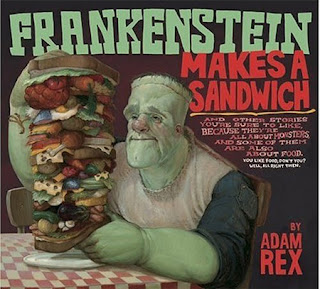There are 7 things I want you to know about Mik, also known as Tamika.
1). When Mik was five, she got meningitis and lost a lot of her hearing. She’s 15 now, and she’s not completely deaf, but deaf enough that she really needs hearing aids.
2). She turns off her hearing aids, which she hates, an awful lot. Especially in school.
3). Mik lives in public housing for the poor, called ‘the orange houses.’ They are jail-like towers. It goes without saying that you have to be tough to live in the orange houses.
4). Mik’s sworn enemy, Shanelle, is a vicious gang leader who’d like to beat the living daylights out of Mik. Shanelle can do it, too, no problem. She’s crazy bad and hates Mik’s guts.
5). Mik has no close friends.
6). Until one day Mik sees a girl wearing a headscarf signing to Mik in sign language. The girl signs, “Hello. Goodbye. I love you.” She hands Mik a paper angel which she has made. Mik is stunned.
7). This girl is just as unique as Mik as.
I’ve given you a little character study on Mik, but there are some other surprising things about her and the other characters which I’ve had to leave out. The Orange Houses by Paul Griffin.
The Orange Houses by Paul Griffin. 147 p. Dial Books, 2009. Booktalk to high school. Virginia Readers’ Choice (h.s.) for 2011-2012.




































